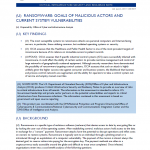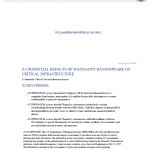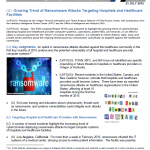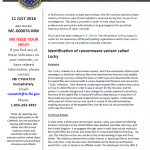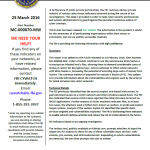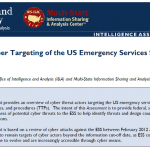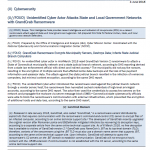
An unidentified cyber actor in mid-March 2018 used GrandCrab Version 2 ransomware to attack a State of Connecticut municipality network and a state judicial branch network, according to DHS reporting derived from a state law enforcement official with direct and indirect access. The municipality did not pay the ransom, resulting in the encryption of multiple servers that affected some data backups and the loss of tax payment information and assessor data. The attack against the state judicial branch resulted in the infection of numerous computers, but minimal content encryption, according to the same DHS report.

